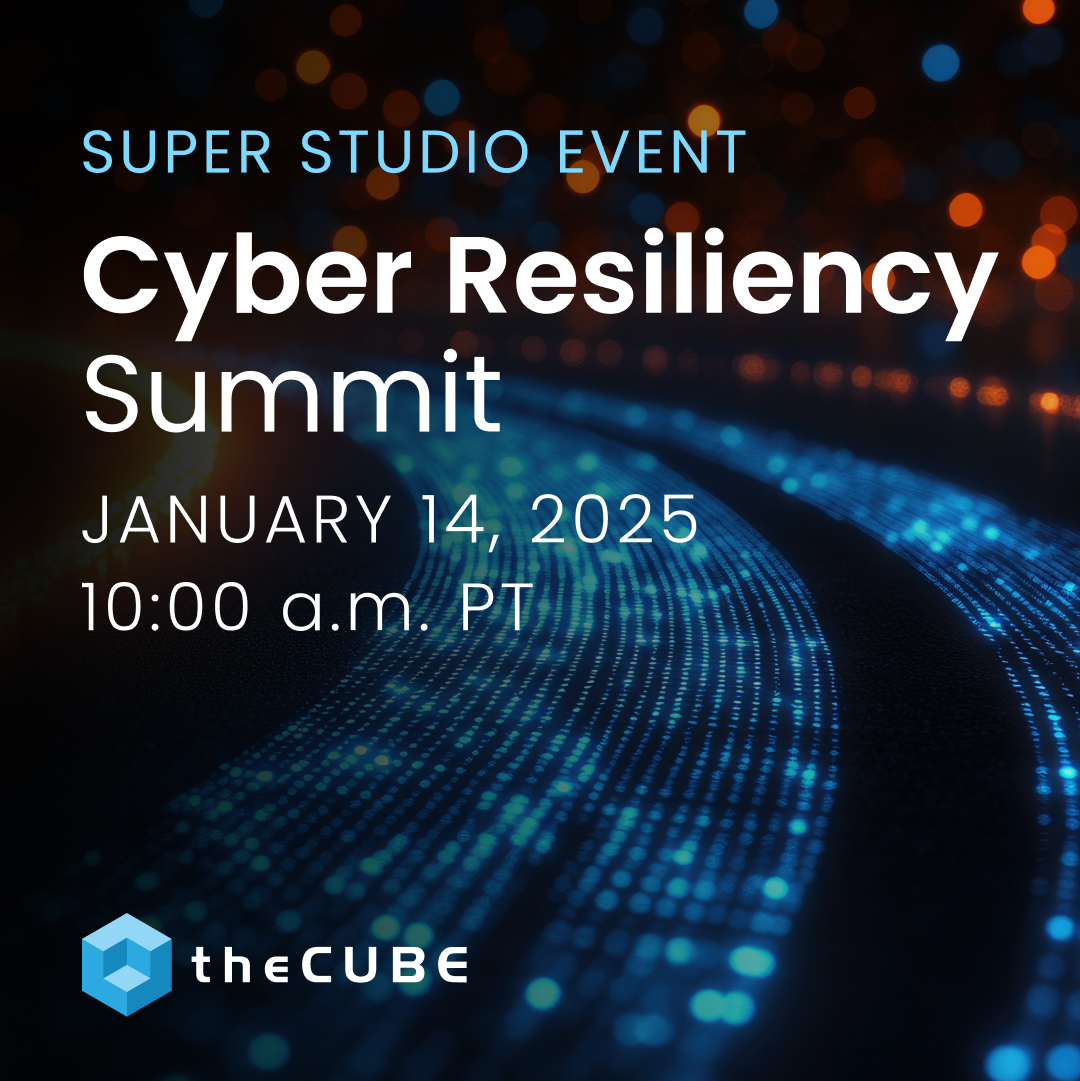VC Funds Below $250m Face Problems
There is a lot of talk about Angels, Super Angels and Venture Capital firms (VCs) these days who are playing the startup field with small sums of money coming from small funds.
The majority of those VCs, now stuck in their self propagated ten-year mantra of capital efficiency, have seen average Limited Partner (LP) returns dwindle down to minus 4% IRR. Which subsequently instills more fear, uncertainty and doubt in the asset class and gives ample reason for LPs to mistrust and under-commit to Venture firms and reduce fund sizes even further.
If an LP assumes he has hired the right team to distribute the public’s cash reserves to gain glorious returns, a Venture fund size below $250M (or play-funds as they are called) makes no economical sense. Here is why:
– A fund of less than $250M induces extreme fragmentation of dollars and risk to LPs. With sizable commitments from LPs dedicated to other asset classes, a deployment of (usually) less than 5% of assets, fragmented to less than 0.1% upon startup investment, yields unacceptable fragmentation-to-risk ratios in Venture.![]()
– Small Venture funds are unlikely to be managed by Institutional Investors directly and can only economically be managed through a Fund-of-funds in-between the LP and the VC firms. But yet another layer of (bottom-heavy) diversification, fragmentation and accountability deflates the risk associated with an asset class that is supposed to deploy risk.
– Venture firms with less than $25M devoted to a single innovation are forced to syndicate, as most successful innovations take more than $25M in financial runway support to make a serious dent in the market.
– Venture firms that need to make more than six investments per GP front-loaded in the first 4 years of the fund to deploy its full fund commitment forces the fund to swap quality for quantity, yielding fashionable innovation alternatives and inevitable commoditization of “innovation”. As a result, GPs can no longer diligently support the few innovations that truly subscribe to the unique investment thesis described in the Private Placement Memorandum. Hence entrepreneurs do not get sufficient GP face-time needed to make the proper board decisions needed for the company to reach upside with GPs frequently unaware of the dangers looming.
– Venture firms with smaller funds also have a need to mitigate risk and fragment dollars and risk extensively and thus are predominantly attracted to small entrepreneurial thinking. As a result the Venture business is flooded with utilities in search of value, rather than contacted by unique companies that can change the world.
– Many investors in Silicon Valley have by virtue of their fragmentation of risk and dollars deflated the definition of Venture. In a product of their own making Venture has become subprime or micro Private Equity, with economically compatible returns. The key to bring Venture back to its glorious beginning is not to avoid risk but to deploy it to entrepreneurs and Venture Capital investors at the same time and intentionally, and to hold both accountable for producing generous returns.
So, as an LP do not even bother entering the Venture sector with a granularity in VC funds below $250M.
And as an entrepreneur do not even bother engaging with a Venture investor who cannot monolithically support the vast majority of your financial runway to upside. Either one is a waste of time and causes further destruction of a sector that continues to hold such incredible promise.
The evolution of 80% of the world’s population depends on it.
[Cross-posted at Silicon Valley Watcher]
A message from John Furrier, co-founder of SiliconANGLE:
Your vote of support is important to us and it helps us keep the content FREE.
One click below supports our mission to provide free, deep, and relevant content.
Join our community on YouTube
Join the community that includes more than 15,000 #CubeAlumni experts, including Amazon.com CEO Andy Jassy, Dell Technologies founder and CEO Michael Dell, Intel CEO Pat Gelsinger, and many more luminaries and experts.
THANK YOU













